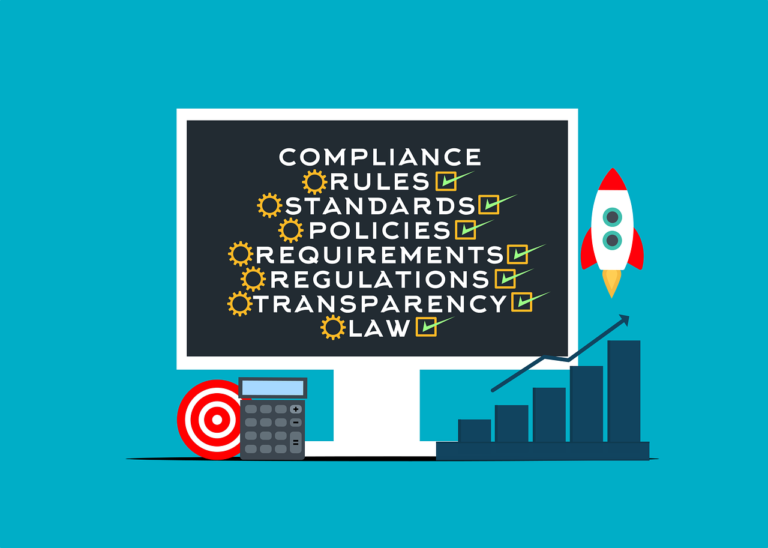Effective Risk-Based Test Planning Strategies
Are you tired of feeling overwhelmed and uncertain when it comes to test planning? Well, look no further!
In this article, we will show you how to go from chaos to confidence with effective risk-based test planning strategies.
By understanding risk assessment, identifying critical test scenarios, and prioritizing test cases based on risk, you can streamline your testing process and ensure the highest quality outcomes.
So, let’s dive in and discover the key to successful test planning!
Key Takeaways
- Identifying and evaluating potential risks associated with the testing process is essential for effective risk-based test planning strategies.
- Prioritizing testing efforts and allocating resources based on risk assessment helps ensure that critical test scenarios are adequately covered.
- Leveraging automation for risk-based testing allows for efficient and thorough testing of high-risk areas, reducing the chances of critical issues being missed.
- Continuous monitoring and adaptation, including regularly reviewing and updating risk assessment and refining testing approaches, are crucial for maintaining confidence in the testing process.
Understanding Risk Assessment
To understand risk assessment, you must identify and evaluate potential risks associated with the testing process. This is crucial for effective risk mitigation and risk management.
Risk assessment involves analyzing the likelihood and impact of each identified risk to determine its significance. By doing so, you can prioritize your testing efforts and allocate resources accordingly.
Risk mitigation strategies can then be developed to reduce the likelihood or impact of these risks. This may involve implementing preventive measures, such as additional testing or process improvements, or developing contingency plans to minimize the impact if a risk materializes.
Through risk assessment, you gain insights into the potential challenges and uncertainties that may arise during testing, enabling you to proactively address them and ensure a more successful testing process.

Identifying Critical Test Scenarios
To identify critical test scenarios, evaluate the potential risks associated with the testing process and prioritize your efforts based on their likelihood and impact. This involves assessing the various test scenario coverage and considering how each scenario could potentially impact the system under test. By understanding the risks involved, you can focus on the scenarios that have the highest potential for failure or impact on the system’s functionality.
It’s also crucial to employ risk mitigation techniques during this process, such as conducting thorough risk analysis, implementing appropriate risk controls, and continuously monitoring and reassessing risks throughout the testing lifecycle. By identifying critical test scenarios and implementing risk mitigation techniques, you can ensure that your testing efforts are targeted and effective in identifying potential issues before they impact the system.
This approach sets the stage for the subsequent section, where you’ll learn how to prioritize test cases based on risk.
Prioritizing Test Cases Based on Risk
To prioritize test cases based on risk, you must evaluate the potential impact and likelihood of failure for each scenario identified in the previous subtopic. This will help you determine which test cases are more critical and should be given higher priority.
Here are four techniques that can assist you in prioritizing test cases based on risk:
- Risk Matrix: Assign a risk level to each test case based on its impact and likelihood of failure. Use a matrix to visually represent the risk levels and prioritize the test cases accordingly.
- Risk-Based Weighting: Assign a numerical weight to each test case based on its risk level. The higher the risk, the higher the weight. Prioritize the test cases with higher weights.
- Critical Path Analysis: Identify the critical path of your application and prioritize the test cases that cover the critical functionalities. This ensures that the most important scenarios are tested first.
- Risk Mitigation Strategies: Consider the availability of risk mitigation strategies for each test case. Prioritize the test cases that have limited or no mitigation strategies in place.
Leveraging Automation for Risk-Based Testing
You can leverage automation for risk-based testing by implementing a robust and efficient automated testing framework. By automating risk assessment and implementing a risk-based approach, you can streamline the testing process and ensure that the most critical areas are thoroughly tested. An automated testing framework allows you to identify and prioritize high-risk areas, reducing the chances of critical issues being missed. It also enables you to execute tests quickly and consistently, saving time and effort.
To effectively leverage automation for risk-based testing, consider the following factors in your testing framework:
| Factors | Description |
|---|---|
| Test Case Selection | Select test cases based on their associated risks. Prioritize high-risk test cases to ensure they are thoroughly tested. |
| Test Data Management | Manage test data efficiently to cover different risk scenarios and validate system behavior under varying conditions. |
| Test Environment Management | Set up and manage test environments that mimic the production environment to accurately assess risks. |
| Test Execution and Reporting | Automate test execution and generate reports to track the progress and identify areas that require attention. |
Continuous Monitoring and Adaptation
As you leverage automation for risk-based testing, continuously monitoring and adapting your testing approach becomes crucial. Continuous improvement and risk mitigation are key factors in ensuring the effectiveness of your testing strategy. Here are four ways to achieve this:
- Regularly review and update your risk assessment:
Stay vigilant and keep a close eye on potential risks and issues that may arise during the testing process. Continuously assess and prioritize risks based on their severity and impact on the project. - Monitor test coverage:
Track the areas of the system that have been tested and identify any gaps in coverage. Regularly update your test cases to ensure comprehensive coverage across all critical functionalities. - Collect and analyze test data:
Monitor test results and collect relevant data to identify patterns and trends. Analyze this data to gain insights into the effectiveness of your testing approach and make necessary adjustments. - Adapt test cases and strategies:
Based on the insights gained from data analysis, adapt your test cases and strategies to address any identified weaknesses or areas of improvement. Continuously refine and optimize your testing approach to ensure maximum risk mitigation.
Conclusion
Congratulations! You’ve successfully transformed chaos into confidence with these effective risk-based test planning strategies.
By understanding risk assessment, identifying critical test scenarios, prioritizing test cases based on risk, and leveraging automation, you’ve taken control of your testing process.
Continuous monitoring and adaptation ensure that you stay one step ahead.
Remember, Rome wasn’t built in a day, but with these strategies, you’ll be conquering any test challenge like a boss!






